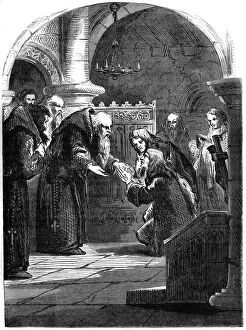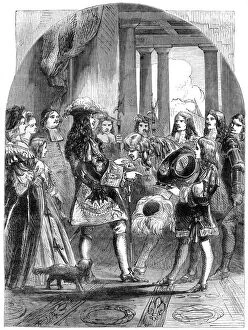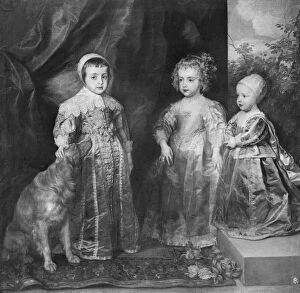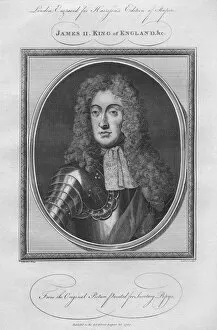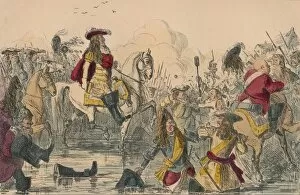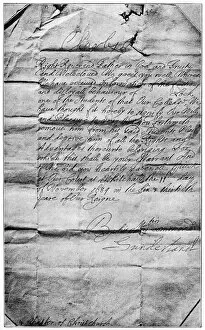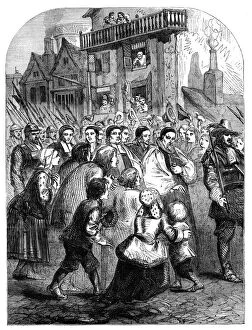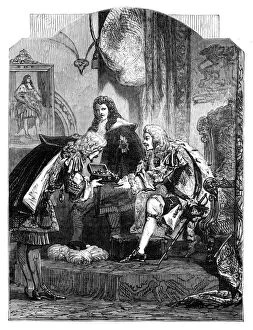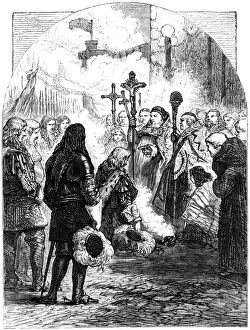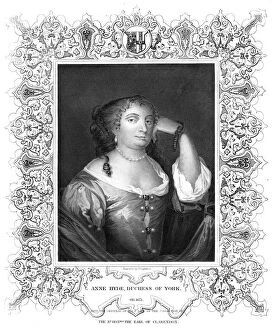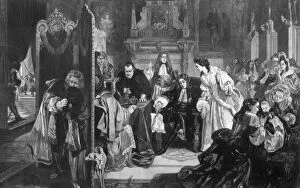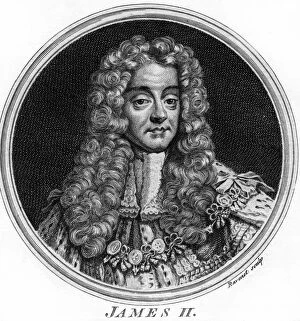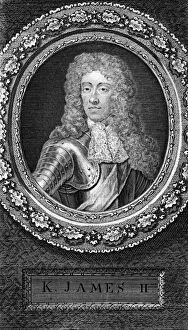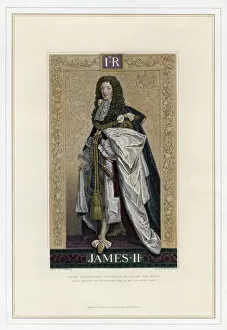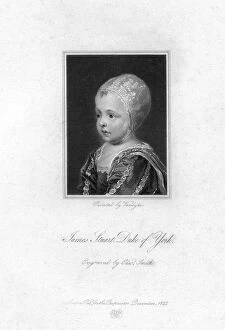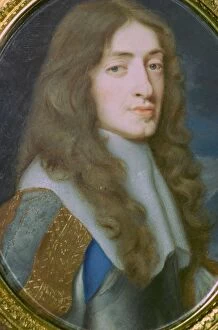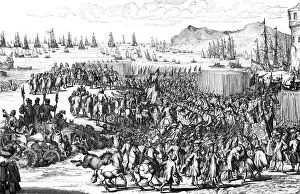James Ii And Vii Collection (#3)
"Exploring the Life and Legacy of James II: A Glimpse into History" Step back in time to Newmarket Race Course in 1940, where the spirit of James II still lingers
For sale as Licensed Images
Choose your image, Select your licence and Download the media
"Exploring the Life and Legacy of James II: A Glimpse into History" Step back in time to Newmarket Race Course in 1940, where the spirit of James II still lingers. As we delve into his reigns alongside Charles I and II, from 1640 to 1686, we uncover a fascinating era marked by distinctive clothing styles. Immerse yourself in the fashion trends that defined this period through captivating portraits like "Portrait of Samuel Sewall, " showcasing periwig and long coat attire. Intriguingly captured in various depictions such as "James II (1935)" and "James II and Mary of Modena (1907), " we witness the regal presence of James II himself. His coronation dinner at Westminster Hall in 1685 comes alive through an enchanting image created by Samuel Moore in 1947, transporting us to a grand celebration fit for a king. Through engravings like "James II (engraving)" and "Union Street, from Castle Street, looking West, " we glimpse both royal authority and everyday life during James II's reign. The haunting beauty of Dunnottar Castle is revealed through a black-and-white photograph, reminding us of the historical backdrop against which these events unfolded. Delving deeper into history, explore significant artifacts such as the Great Seals of England spanning Queen Mary I to King George III. These engravings offer insight into the continuity and evolution of power throughout centuries. Lastly, let us not forget about Mary, queen consort to James II. Through lithographs like "Mary, queen of James II, " her influence on their shared legacy becomes apparent. Additionally, an engraving titled "James II and the church Donore" sheds light on his relationship with religion during this tumultuous time.


